Do You Know Where I Can Find Some Sailors?
The moment I realized that Shenmue was special was when I noticed that I had been driving a forklift for several hours.
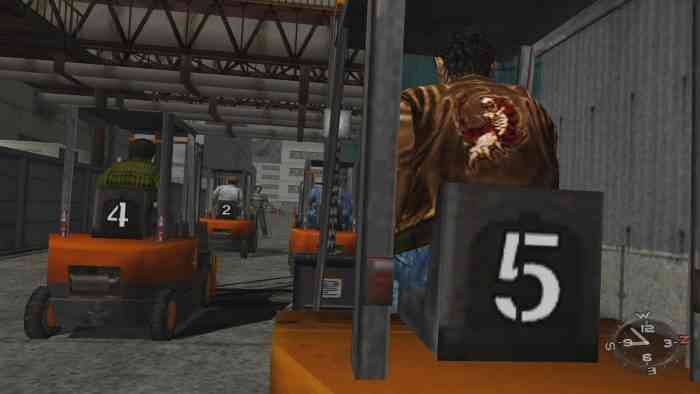
You see, the game’s protagonist, Ryo Hazuki, needed to get a forklift job at the local harbor in order to attract the attention of a biker gang that is involved with a Chinese smuggling cartel that has a leader named Lan Di who murdered Ryo’s father, Iwao, in the opening minutes of the game in order to obtain a magical mirror that can allow Lan Di to summon a supposedly mythological Chinese creature named Chi You so tha-
Okay, I got a little carried away there but the point is this: Shenmue has an actual part in its story where the player is forced to play as a forklift driver for several hours, which is honestly the most Shenmue thing ever conceived since it’s 1) really weird and 2) conveys the unique thing that the game is trying to do.
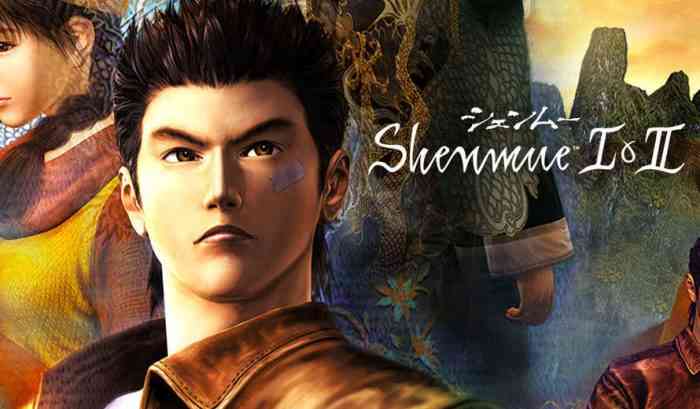
Shenmue is a very flawed video game but most of the flawed aspects are of the “It’s so bad, it’s good” variety.
Its English voice acting is so awful that I’m convinced that most of the cast was voiced by people hired off the street and these characters rarely portray normal human behavior but that doesn’t stop them from being ironically entertaining.
The combat system is clunky, features oddly named moves, and there’s nonsensical plot progression but I can’t help but feel like I’m in an old school straight-to-VHS martial arts movie because of that.
But out of all these flaws, there’s one that’s possibly Shenmue’s most notorious: it has lots & lots of forced waiting.
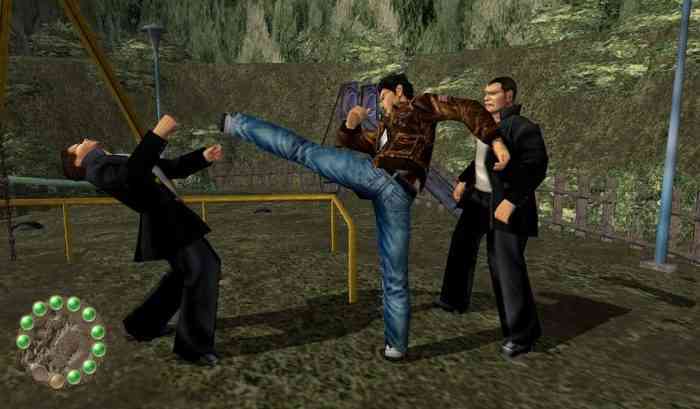
The game has an in-game clock along with a day & night cycle and there are multiple parts in the game’s story where Ryo has to meet someone or do something at a specific time so the player is forced to kill time in order to progress.
Ryo can play mini-games, buy items, feed a kitten, and practice his fighting moves in order to do something with all this extra time but, for me, after the third or so hour of playtime these side activities quickly became repetitive & dull. Shenmue is a game that can last a dozen to 20 or more hours so if you’re willing to give it a try then I really hope you like the idea of playing the same games at a local arcade for a couple of hours at a time!
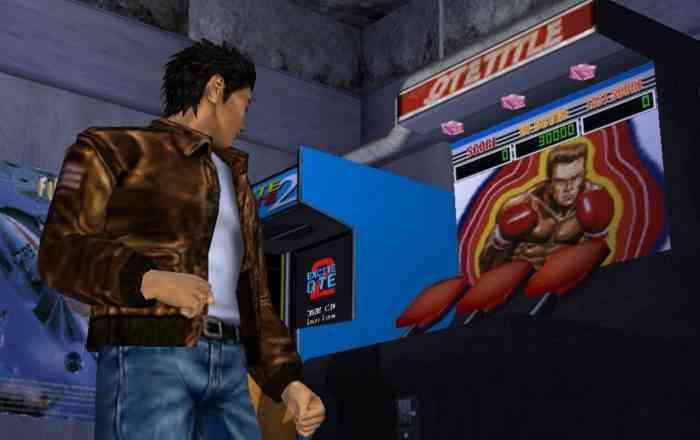
All that said, this design decision resulted in something unique. Much like an actual teenager in a rundown port city, Ryo’s days are often filled with hours of boredom that are punctuated with seconds of excitement. So by forcing you to play as him through almost every in-game day, Shenmue is making Ryo’s and the player’s experience one in the same.
The problem is that this makes most of Shenmue boring as hell but this boring gameplay is part of what makes it special.
After all, what better to make the player feel the dullness of a nine-to-five forklift job then to force the player play out that job over and over again for a few hours or emphasize with Ryo’s struggle as he practices his karate moves for the umpteenth time in order to prepare for his eventual fight with Lan Di?
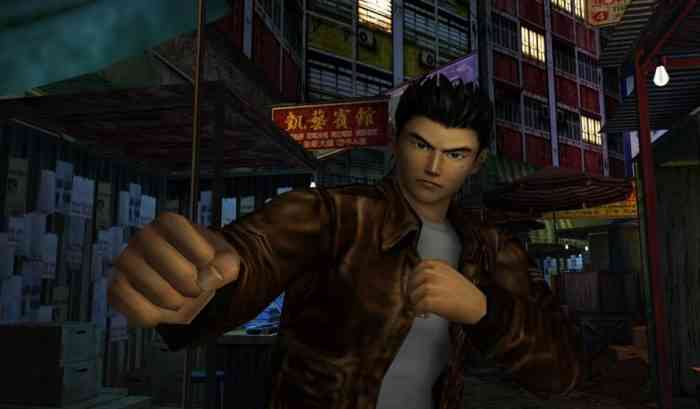
However, this design decision was changed within the sequel, Shenmue II, which rectified this major flaw found in its predecessor.
In the second game, Ryo has a time skip option that allowed the player to occasionally skip ahead to story events. This lead to the game having a faster pace since the player could choose whether or not they’d want to kill time or continue the story.
While this did a lot to improve the pacing of the game, I can’t help but feel that something valuable was lost when this feature was added. Sure the voice acting and all that was still entertainingly bad but that unique experience from the first game was just a choice now.
I don’t know for sure if next year’s Shenmue III will have a similar time skip feature but I do feel that the game would be missing something special if it did.